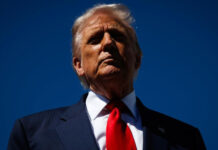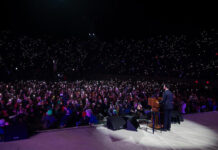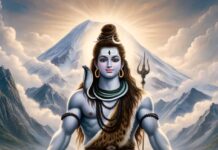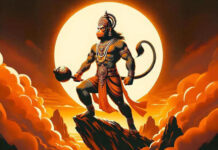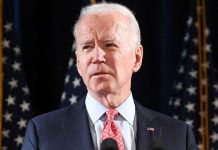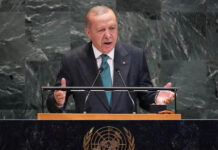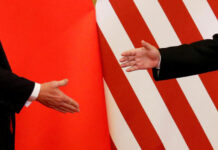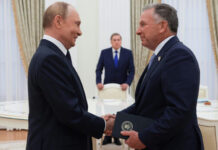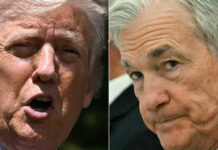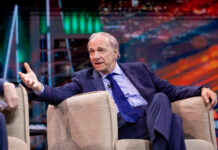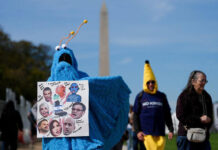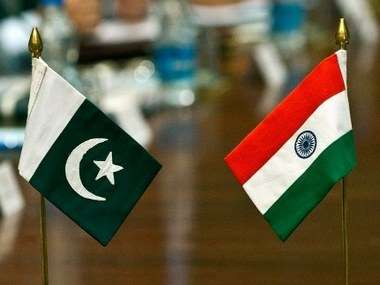September 23, 2015
NEW YORK — Prime Minister Narendra Modi arrives in the US on Wednesday for a visit centred on an Indian community reception for him at San Jose, and meetings with Fortune 500 CEOs in New York and the moghuls of Silicon Valley.

September 23, 2015
NEW YORK — Prime Minister Narendra Modi arrives in the US on Wednesday for a visit centred on an Indian community reception for him at San Jose, and meetings with Fortune 500 CEOs in New York and the moghuls of Silicon Valley.

But fears that Modi’s other important engagements might get the short shrift were belied when US-India ties got a boost with the Union Cabinet clearing the $2.5 billion Apache attack helicopter deal ahead of the September 23-29 visit.
Also on Tuesday, External Affairs Minister Sushma Swaraj, Commerce Minister Nirmala Sitharaman, US Secretary of State John Kerry and Commerce Secretary Penny Pritzker led their respective delegations in the “Strategic and Commercial” dialogue, an elevation of the dialogue agreed upon during President Barack Obama’s January visit.
Modi is scheduled to meet President Obama on September 28, on the last working day of his visit. This week, he will address the UN Sustainable Development summit, where the post-2015 agenda will be adopted, and attend a special summit on climate change called by the UN Secretary-General.
India has not yet announced its Intended Nationally Determined Contributions (INDC) on emission reductions as required before the Paris conference on climate change in December. The announcement could come on Wednesday along with a push for renewable energy, for which Modi wants US assistance.
However, as India is celebrated in the US this week, the findings of a survey by an influential think tank may make both sides pause to think.
As Modi prepares to make a strong Make In India pitch in this pre-primaries season in the US, the survey by the Chicago Council of Global Affairs showed that the top foreign policy goal for 73 per cent Americans is the protection of American jobs. It also showed that only 34 per cent Americans have the confidence that India “can deal responsibly with world problems”; a far higher number (63 per cent) wants India to exert influence on global issues.
That’s at par with what Americans think about China, a little lower than South Korea (36 per cent) and higher than Russia (27 per cent). The results are surprising, according to Alyssa Ayres, a senior fellow for India, Pakistan and South Asia at the Council of Foreign Relations.
“I would have expected a much higher level of awareness and prioritization in public opinion to mirror India’s growing prominence among policy elites,” said Ayres.
The gap between Democrats and Republicans on this question — only 27 per cent of Republicans have confidence in India acting responsibly on world issues, against 41 per cent Democrats — was also a surprise, she said. “US foreign policy toward India has been bipartisan in its continuity, and foreign policy experts from both sides of the aisle generally see the need to work with India on global issues as one of the important aspects of bilateral relations,” said Ayres.
But for policy elites, there has not been a better time in India-US relations. Despite concerns on the delay in economic measures such as the GST and land reforms, Dhruva Jaishankar, fellow at the German Marshall Fund of the United States, said there was a marked improved in the business sentiment about India.
“There’s tremendous interest in Make In India, as an idea, and the strength of the CEO Forum [on September 24] participants is a testament to that,” said Jaishankar.
Prime Minister Narendra Modi
But, he said, American companies are still concerned about making a long-term investment in India, “which is why the Prime Minister’s meetings with CEOs matter so much. They need confidence that they have support from the top”.
The US belief that there is new synergy in the relationship was on show on Monday. Both Vice-President Joe Biden and Kerry waxed eloquent about US-India ties at a glittering inaugural of the Strategic and Commercial dialogue, where the US-India Business Council also marked 40 years with leadership awards to Pepsico head Indira Nooyi and Hindustan Times chairperson Shobhana Bhartia.
“It is no longer about mere partnership. This administration wants to be the best friend of India,” Biden said.
Kerry pitched the relationship as a win-win, for job creation in India and the US, saying that “while there’s always room for improvement, it’s very, very clear that the climate for bilateral investment and trade has never been better”. “And that is true in everything from clean energy to aerospace to financial services and movies, where, obviously, Hollywood and Bollywood reign supreme,” he said.
US Commerce Deputy Secretary Bruce Andrews invited US companies to join a Smart Cities infrastructure business development mission that will visit Mumbai, Chennai and Delhi next February.
The mission will help US companies launch or increase their business in India in “technologies, systems and services in safety and security, intelligent transportation, water, wastewater and power”.
The Obama administration’s embrace of the Modi government after the initial chill is no longer seen as unusual. “Obama’s engagement of Modi is now seen in Washington as an integral part of the US Asia-Pacific policy,” said Jaishankar.
What is still perplexing though, says Ayres, is India’s hesitation in participating in major trade agreements for which negotiations are underway.
“The Trans-Pacific Partnership negotiations are underway, but you don’t hear a clear signal from New Delhi on finding a pathway to membership. These are areas central to India’s own economic growth and transformation of its economy,” said Ayres.



